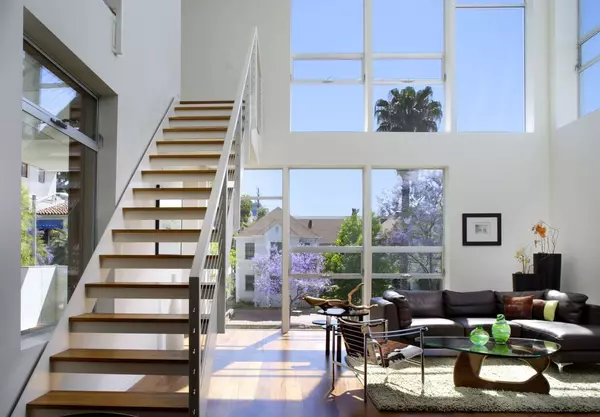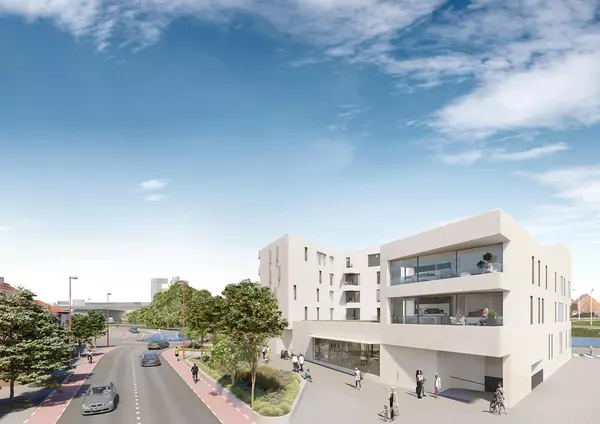You Can Live Well in Utah on Just Your Social Security, If You’ve Paid Off Your Mortgage
Utah has emerged as one of the rare states where retirees can realistically live on Social Security alone—so long as they have eliminated their mortgage payments.
According to a Realtor.com® analysis of median Social Security benefits by state and the Elder Economic Security Standard Index, the typical retiree in Utah manages to cover all basic living expenses and still maintain an annual surplus of $888, or about $74 per month.
While it may not seem like much, it's certainly more than other seniors can say in nearby states.
Housing costs keep Utah competitive
Here's the math laid out: Utah’s average monthly living expenses total $1,933, with housing costs at $530 per month once the mortgage is off the books. Against this, Utah retirees receive a median Social Security benefit of $2,007 per month, leaving them just enough margin to keep their budgets in the black.
Obviously, what helps set these states apart is their relatively modest housing costs. In Utah, retirees’ non-mortgage housing expenses fall well below those in shortfall states, where bills can exceed $900 to $1,300 monthly. At about 27% of the total retirement budget, Utah’s housing costs remain under the 30% affordability benchmark used by the Department of Housing and Urban Development, which helps Social Security benefits go further.
Utah’s retirement landscape
Utah’s place on the surplus list reflects not just its modest housing costs, but also its balanced economy and demographic growth. The state has one of the fastest-growing populations in the country, with in-migration from retirees alongside younger families. While Salt Lake City and its surrounding suburbs have seen housing prices rise sharply in recent years, overall property taxes and insurance rates remain lower than those on the East or West Coasts.
For retirees, Utah offers more than affordability. in southern Utah, with communities like St. George, have become a retirement hotspot thanks to its warm climate and outdoor recreation opportunities.
Still, population growth does bring challenges. Increased demand for housing has pushed up prices in certain regions, and retirees on fixed incomes may feel squeezed if utility or tax rates climb. Even so, the overall cost structure remains manageable compared to high-cost states like California, New York, or Massachusetts, where retirees relying solely on Social Security face deficits of thousands of dollars annually.

Utah in the National context
Nationally, the average retiree faces an annual shortfall of $2,762, or about $230 a month, even without a mortgage. Utah’s $888 surplus might not sound like much, but it represents a meaningful contrast to the national trend.
Among the 10 surplus states, Utah sits in the middle. Delaware leads the way with a surplus of $1,764, while Michigan barely breaks even with just $132 left over annually. Utah’s slim cushion highlights how fragile retirement budgets can be—yet it still sets the state apart from the majority of the U.S., where deficits are the norm.
Social Security outlook
Utah’s retirees enjoy a rare level of stability, but it comes with caveats. The report underscores that “even without a mortgage, retirees must budget for property taxes, insurance, utilities, and maintenance”—all categories where costs have risen over the past five years. For those with limited savings beyond Social Security, any unexpected increase in these bills could erode the state’s current advantage.
Looking ahead, the greatest risk is not state-specific but national. Without congressional action, Social Security is projected to face insolvency by 2033, forcing benefits to be cut to roughly 77% of their current value. For Utah retirees, that would transform today’s $888 annual surplus into a deficit.
For now, however, Utah remains one of the few states where retirees can realistically cover the essentials with Social Security alone. With its combination of affordable housing costs, strong healthcare access, and a high quality of life, the Beehive State offers a compelling—if delicate—balance for those hoping to age in place without financial strain.
This article was produced with editorial input from Dina Sartore-Bodo, Gabriella Iannetta, and Allaire Conte.
Categories
Recent Posts










GET MORE INFORMATION

Stevan Stanisic
Real Estate Advisor | License ID: SL3518131
Real Estate Advisor License ID: SL3518131
